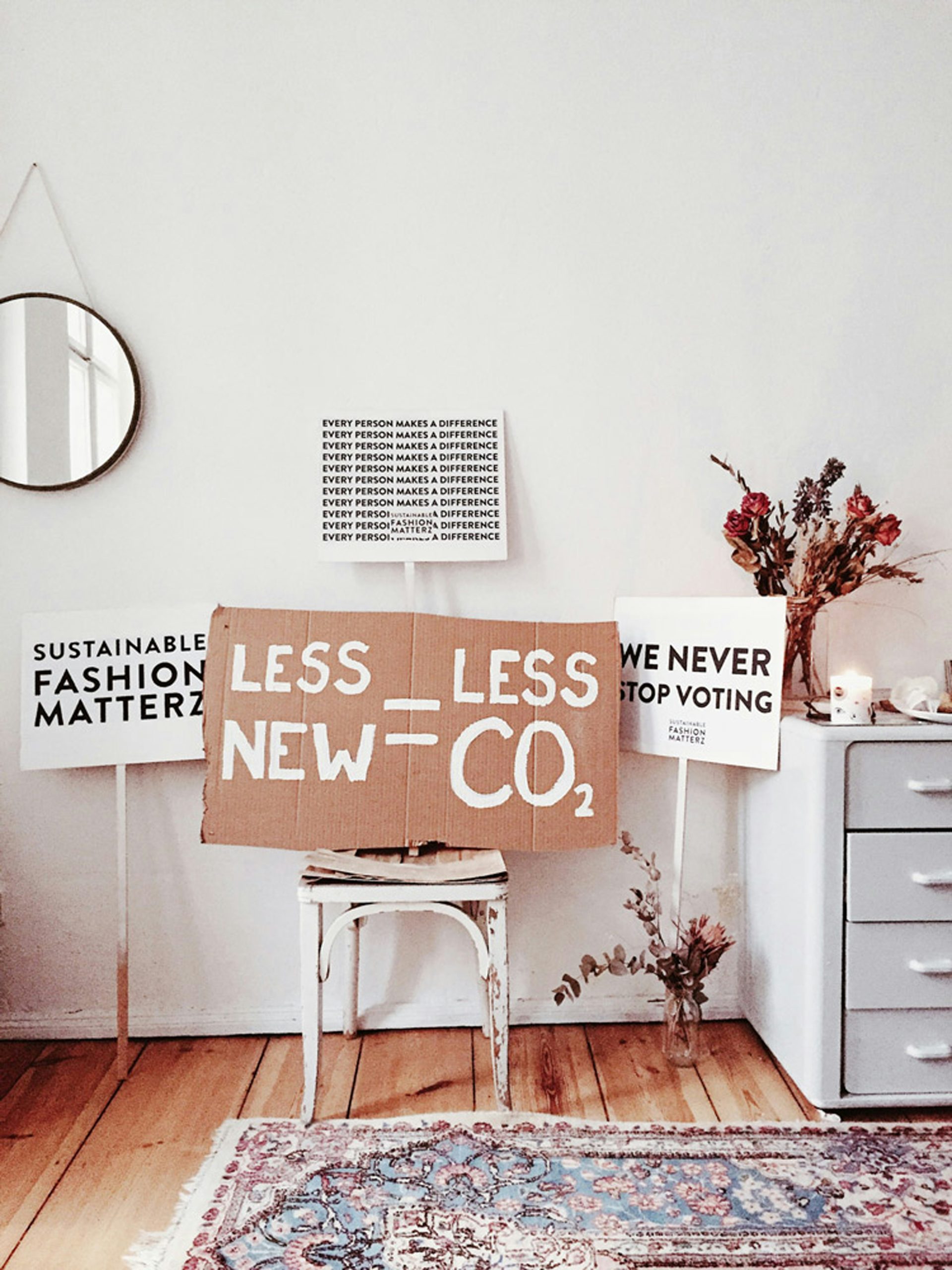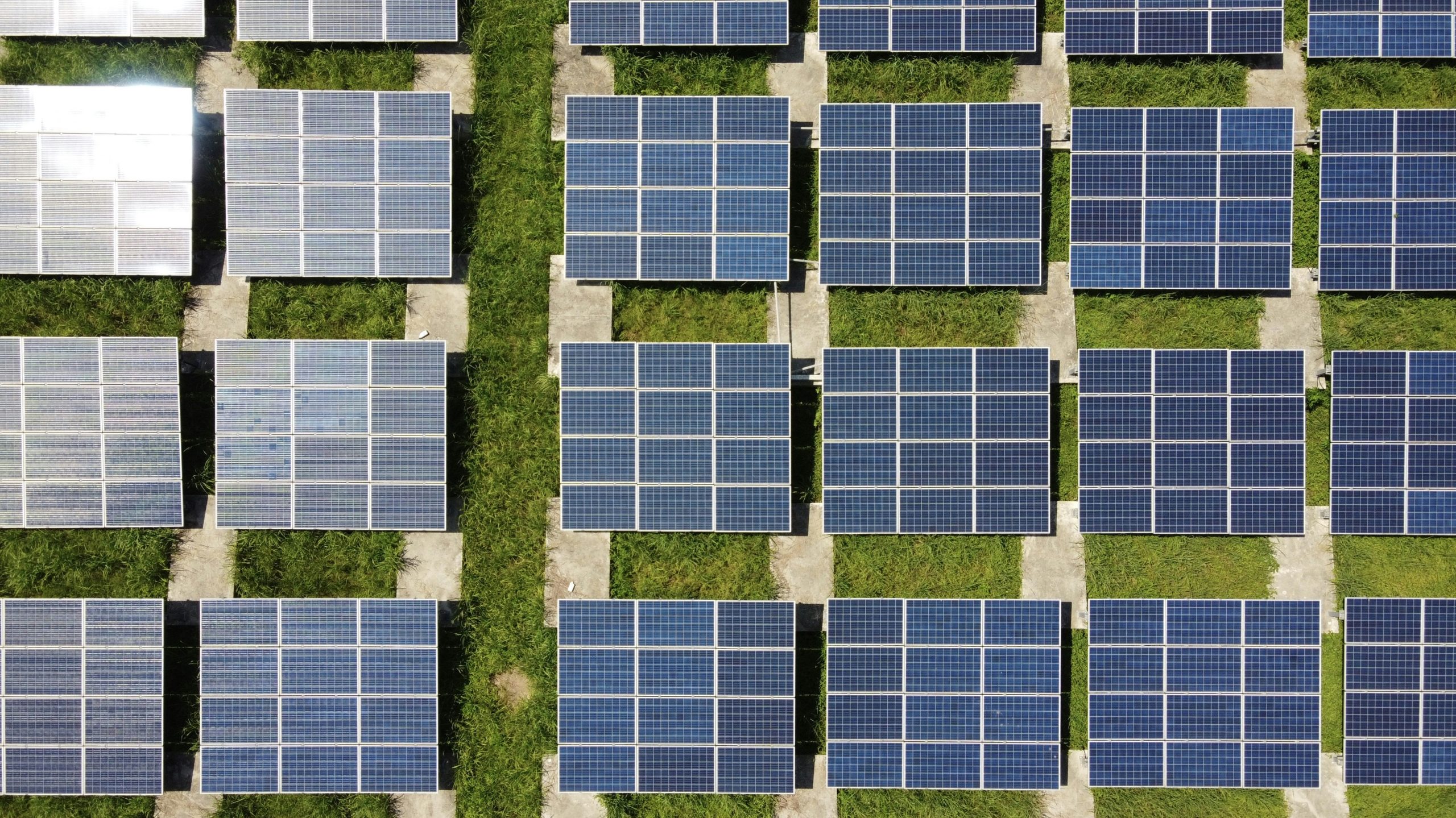How often do we think about the waste generated in our bathrooms? We’re accustomed to our routines, seldom pondering the environmental impact. However, by reimagining our bathroom spaces, we can significantly reduce our footprint. Let’s explore how we can design a low-waste bathroom that’s both functional and eco-friendly.

Why Focus on the Bathroom?
Bathrooms are often hotspots for waste production. From plastic packaging to non-biodegradable products, these spaces are hubs of convenience-driven waste. By making conscious choices, we can drastically cut down on this waste and create a more sustainable environment.
The Problem with Bathroom Waste
Our bathrooms contribute to a significant portion of household waste. Consider single-use toiletries, packaged in plastic, often replaced frequently. Then there’s water usage, chemical-laden cleaning products, and disposable hygiene items. All these add up, filling landfills and harming ecosystems. Recognizing the sources of waste can be the first step towards making a change.
Benefits of a Low-Waste Bathroom
Creating a low-waste bathroom doesn’t just benefit the earth. It can be gentler on our wallets and health. Reducing reliance on single-use products can lead to long-term savings. Additionally, embracing natural and eco-friendly products can minimize exposure to harmful chemicals present in conventional items.
Steps to Designing a Low-Waste Bathroom
Redesigning our bathroom may seem daunting, but breaking it down into manageable steps can make the process smoother and more effective.
Audit Current Waste
Before making changes, we need to understand what we’re working with. Conducting a waste audit provides insights into the types and quantities of waste produced.
- Categorize Waste: Identify different waste streams – plastic packaging, disposable items, chemical products, water waste.
- Track Usage: Monitor usage patterns. Which items are used most frequently? Which products contribute most to waste?
- Assess Alternatives: Determine potential alternatives for high-waste items.
Swap Out Single-Use Items
One of the simplest shifts is replacing single-use products with reusable alternatives. Single-use products contribute heavily to landfill waste and often use significant resources in production.
Toiletries and Personal Care
Consider the items we use daily. Can they be sustainable?
| Disposable Item | Reusable Alternative |
|---|---|
| Plastic Toothbrush | Bamboo Toothbrush |
| Disposable Razor | Safety Razor |
| Cotton Pads/Q-tips | Reusable Cotton Rounds |
| Liquid Soap in Plastic | Bar Soap or Refill Stations |
Hygiene Products
Menstrual products generate substantial waste over a lifetime. Sustainable alternatives not only reduce waste but can be more comfortable and cost-effective.
| Conventional Item | Eco-Friendly Alternative |
|---|---|
| Disposable Pads/Tampons | Menstrual Cups/Cloth Pads |
| Single-use Wipes | Washable Wipes |
Optimize Water Usage
Water is a precious resource, and the bathroom is one of the largest consumers in our homes. Assessing our water usage and implementing efficient fixtures can make a big difference.
Install Water-saving Fixtures
Modern fixtures are designed with water conservation in mind. Upgrading to these can significantly cut down water waste.
| Conventional Fixture | Low-Waste Option |
|---|---|
| Standard Showerhead | Low-flow Showerhead |
| Older Toilets | Dual-flush or Low-flow Toilets |
| Single Tap Faucets | Aerator-equipped Faucets |
Adopt Water-saving Habits
Sometimes, it’s not about what we have but how we use it. Simple changes in habits can also contribute to water conservation.
- Turn off the tap while brushing teeth.
- Limit shower time to under 5 minutes.
- Collect and use water from showers (i.e., when heating up) for plants or cleaning.
Utilize Natural and DIY Cleaning Products
Many cleaning products in our bathrooms contain harsh chemicals that can be harmful to both us and the environment. Alternatives exist that are just as effective without the negative impacts.
Make Your Own Cleaners
DIY cleaning products are inexpensive, natural, and often already found in our kitchens.
| Cleaning Need | DIY Cleaner Recipe |
|---|---|
| General Surface | Mix equal parts water and vinegar in a spray bottle, add lemon juice |
| Glass and Mirrors | Combine water and a splash of vinegar, use a microfiber cloth |
| Tile and Grout | Make a paste with baking soda and water, scrub with a brush |
Opt for Sustainable Materials
Choosing materials that have a longer lifespan or are biodegradable can prevent waste from accumulating.
Sustainable Bathroom Accessories
Swapping out certain accessories for sustainable options can subtly reduce waste.
| Conventional Item | Sustainable Option |
|---|---|
| Plastic Shower Curtain | Organic Cotton or Hemp Curtains |
| Vinyl Bath Mat | Natural Rubber or Cotton Mats |
| Synthetic Towels | Organic Cotton or Bamboo Towels |
Embrace Zero Waste Storage Solutions
Our storage choices can also minimize waste, promoting a clutter-free and efficient space.
Eco-friendly Storage Options
Instead of plastic containers, consider more sustainable alternatives for organizing our bathroom essentials.
| Conventional Storage | Zero Waste Storage |
|---|---|
| Plastic Bins | Glass Jars, Wooden Baskets |
| Synthetic Organizer | Fabric or Cotton Rope Baskets |
Implement Waste Reduction Practices
Our daily habits and routines play a critical role in waste production. Simple changes can have a long-lasting impact.
Minimize Packaging Waste
Buying in bulk or opting for package-free options can dramatically reduce waste.
- Bulk Buying: Refill stations for products like shampoos, conditioners, and body washes can eliminate packaging waste.
- Package-free Shopping: Support stores that offer package-free options or minimal packaging.

Moving Towards a Zero-Waste Routine
It’s one thing to design a low-waste bathroom, but maintaining our sustainable practices is key. Let’s consider how we can integrate these changes into our daily routines.
Educate and Involve the Household
Creating a low-waste bathroom is easier when everyone in the household is on board. Educating family members and incorporating their input ensures a collective effort.
Tips for Involving the Family
- Hold Discussions: Engage in conversations about the benefits and necessity of reducing waste.
- Assign Tasks: Allocate responsibilities for maintaining zero-waste habits.
- Celebrate Milestones: Recognize and celebrate successes in reducing waste as a family.
Consistent Evaluation and Improvement
Regularly assessing our practices helps identify areas for further improvement and ensures we stay committed to our zero-waste goals.
Regular Check-ups
- Bi-annual Audits: Conduct waste audits every six months to track progress and make adjustments.
- Feedback Loop: Create a system where household members can offer suggestions and feedback.
- Stay Updated: Keep informed about new eco-friendly products and practices.

The Future of Low-Waste Living
Embarking on the journey towards a low-waste bathroom is just a starting point. As we adopt sustainable practices in one area, it often inspires us to extend these efforts throughout our home and lifestyle. This transition not only benefits us but paves the way for future generations to enjoy a healthier, more sustainable planet.
Inspire Others
Our journey towards a low-waste bathroom can serve as an inspiration to friends, family, and the broader community. Sharing our experiences and successes can motivate others to take similar steps.
Ways to Spread the Word
- Social Media: Share tips and progress on platforms like Instagram, Facebook, or community forums.
- Host Workshops: Provide insights and guidance to friends or community members interested in sustainable living.
- Join Groups: Participate in or form local sustainability groups to share ideas and support each other.
In conclusion, designing a low-waste bathroom is achievable and rewarding. With mindful choices, sustainable swaps, and collective efforts, we can create a space that’s not only functional but also kind to our planet. Let’s begin this exciting journey towards a greener, more sustainable life.



